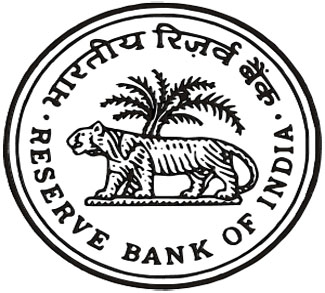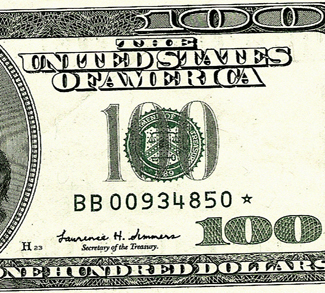As part of an ongoing series on the potential emerging market fallout from a taper in the United States, this week we will examine another of Stanley Morgan’s ‘Fragile Five’ countries: India.
Broadly speaking, India shares many of the economic vulnerabilities of Indonesia, a country that was previously featured in this series. Both experienced currency shocks over the summer as investors braced for an impending taper, and both have been forced to raise interest rates to rein in spiralling inflation at the cost of short-term growth prospects. Like Indonesia, India is also gearing up for national elections in the coming year and the economy will surely transcend all other issues on the campaign trail.
Optimists maintain that one point of divergence between the two countries is direction. India’s stock market has rebounded and economic indicators have turned positive recently. But to the naysayers this is merely a calm before the storm, and the structural problems plaguing the Indian economy will ultimately be laid bare once a taper is announced, whether it’s next week, next year, or beyond.
The Rupee Rollercoaster
As speculation mounted over the summer that a taper was coming, the value of the rupee sharply declined. Between January and September, India’s currency lost 25 percent of its value against the US dollar. And after it became clear that a taper would not be forthcoming, the rupee pared its losses to around 10 percent. The most recent trend has been one of appreciation, as the currency has been strengthening in the first week of December, but if 2013 has taught us anything it’s that things can change in the blink of an eye.
It is difficult to know whether the partial recovery of the rupee was the result of central bank intervention or wider market bets that the taper will be coming later rather than sooner, but Raghuram Rajan, India’s central bank governor, has stressed that India is now better equipped to handle a tightening of US monetary policy than it was in August when the bottom fell out of currency and stock markets.



